Scientists encourage ‘safer’ rutile form of TiO2 in cosmetics
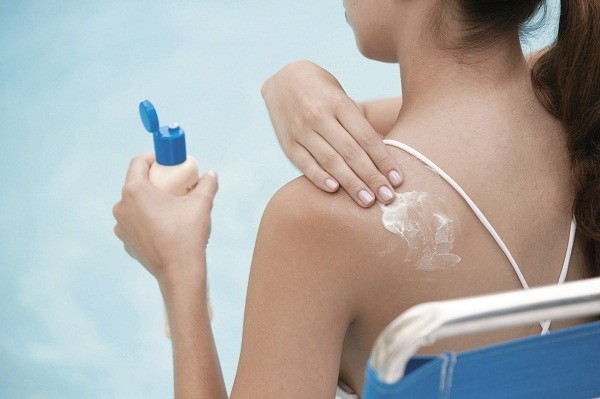
TiO2 is a commonly used ingredient in many cosmetics, sunscreen, toothpaste as well as food products, and a research team from the Université de Luxembourg has found that using a particular type could reduce the potential health risks associated with the widely used compound.
Research
Francesco Turci and colleagues carried out tests using two of the commonly used forms of TiO2 to address health concerns that have been reported on recently and to design a safer TiO2.
"The present findings strongly encourage the use of the less reactive, negatively charged rutile to produce safer TiO2-based cosmetic and pharmaceutical products," the researchers conclude.
Turci and his colleagues explain that TiO2 is generally considered a safe ingredient in commercially available skin products because it doesn't penetrate healthy skin.
However, research has shown that the cosmetics ingredient can cause potentially toxic effects when exposed to ultraviolet light, which is the same kind of light that the compound is supposed to offer protection against.
Comparison
As such, Turci and his team embarked on a series of tests to dispel the media hype over the ingredients use in skin care products and also design a safer form for human use, which led to testing different forms of the compound (rutile and anatase) each with its own architecture.
They tested titanium dioxide powders on pig skin (which often substitutes for human skin in these kinds of tests) with indoor lighting, which has very little ultraviolet light in it.
The researchers discovered that one of the two most commonly used crystalline forms of TiO2, rutile, easily washes off and has little effect on skin.
Anatase, the other commonly used form, however, was difficult to wash off and damaged the outermost layer of skin, even in low ultraviolet light. Turci says it does this via "free radicals," which are associated with skin ageing.
These findings ultimate led to the scientists encouraging the rutile form of TiO2 when formulating skin care products.
The research appears in the ACS journal Chemical Research in Toxicology.
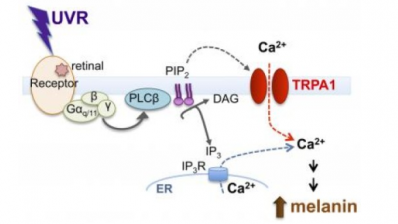
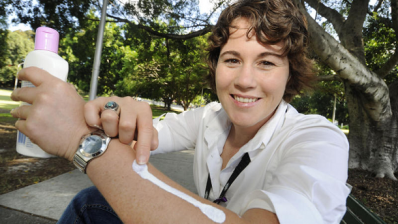



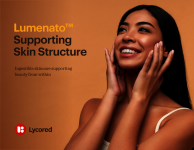
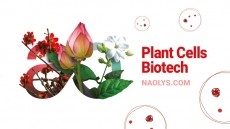



![Lubrizol has extended its partnership with C-beauty major PROYA. [PROYA]](/var/wrbm_gb_food_pharma/storage/images/_aliases/wrbm_tiny/publications/cosmetics/cosmeticsdesign-asia.com/headlines/brand-innovation/lubrizol-bullish-on-potential-of-c-beauty-growth-potential/17362515-1-eng-GB/Lubrizol-bullish-on-potential-of-C-beauty-growth-potential.jpg)

![Amika is targeting localised innovation to drive success in SEA. [Amika]](/var/wrbm_gb_food_pharma/storage/images/_aliases/wrbm_tiny/publications/cosmetics/cosmeticsdesign-asia.com/headlines/brand-innovation/amika-on-quest-to-address-diverse-hair-needs-in-sea-with-sea-buckthorn-range/17339003-1-eng-GB/Amika-on-quest-to-address-diverse-hair-needs-in-SEA-with-sea-buckthorn-range.jpg)

![Latest developments from the South Korean beauty market. [Getty Images]](/var/wrbm_gb_food_pharma/storage/images/_aliases/wrbm_tiny/publications/cosmetics/cosmeticsdesign-asia.com/article/2024/04/19/korean-wave-able-c-c-kolmar-and-more-in-this-k-beauty-round-up/17357973-1-eng-GB/Korean-wave-Able-C-C-Kolmar-and-more-in-this-K-beauty-round-up.jpg)



